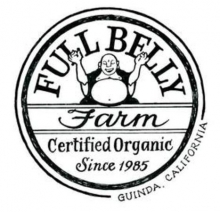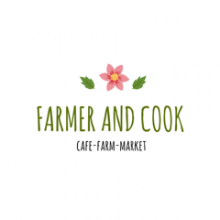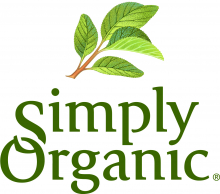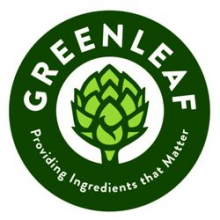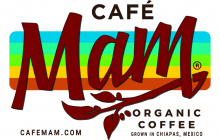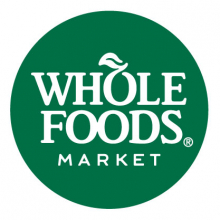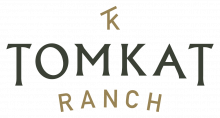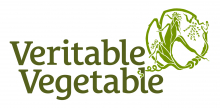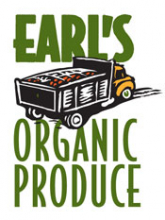For the last year-plus, a working group of California farmers, scientists and industry representatives has been focusing on techniques to reduce tillage for improving soil health, with the goal of eliminating mechanized-scale tillage in vegetable and row crops. A second goal of the project is to reduce plastic by using cover crops. All kinds of creative ideas have emerged in the past year from the work of these medium- and large-scale farmers and the researchers who are coordinating the Conservation Innovation Grant (CIG) Project. This session will provide an overview of the project, including progress, challenges, principles, equipment, obstacles and ways to work around them, and variations on the general theme of reduced tillage and incorporation of cover crops.
Track:
Regenerative Agriculture
Soil, Production, Crops, Regulations
Session:
E | 1:30 pm
Date:
Tue, Oct 8, 2019
Day:
Friday
Presenter(s):
Title:
Jeff Mitchell
Presenter Affiliation:
UC Agriculture and Natural Resources
Title:
Scott Park
Bio:
Scott Park (along with his wife Ulla and son Brian) farms 1700 organic acres in the Sacramento Valley. The farm grows 10-20 different crops on 27 fields spread over 10 miles along the Sacramento River south of Meridian. The main crops are processing tomatoes, rice, corn, wheat, barley, dry beans, alfalfa, vine seed crops, squash, cauliflower, as well as various and sundry experimental crops (hemp, quinoa, stevia). Scott started his farming career in 1974 as a first generation farmer with a political theory degree (no ag background). The first 11 years were spent “cloning” what neighbors did, but observing the decline in soil quality along with increased chemical and fertilizer inputs led Park to begin shifting his focus in 1986 from conventional solutions to “natural” inputs. Without a template, the farm struggled for years, but serendipitous results kept the farm moving forward to where it is today- a relatively successful organic farm system that has similar size, crops, and yields to conventional California farms. The farm continues to evolve as the family “tweaks” the system to minimize inputs and let healthy soil and the surrounding environment do the problem solving for the farm.
Website:
Title:
Nathanael Siemens
Presenter Affiliation:
Fat Uncle Farms

